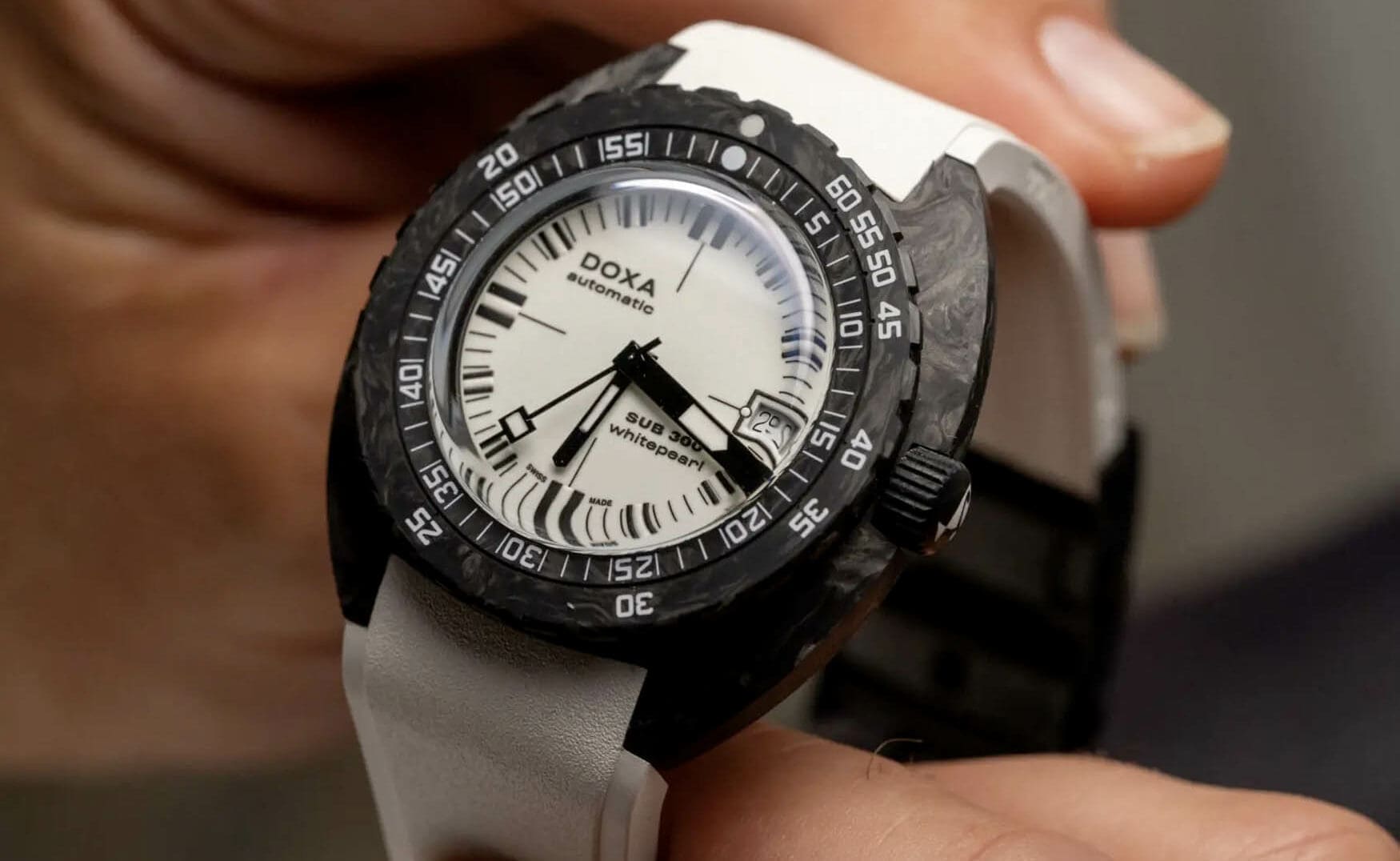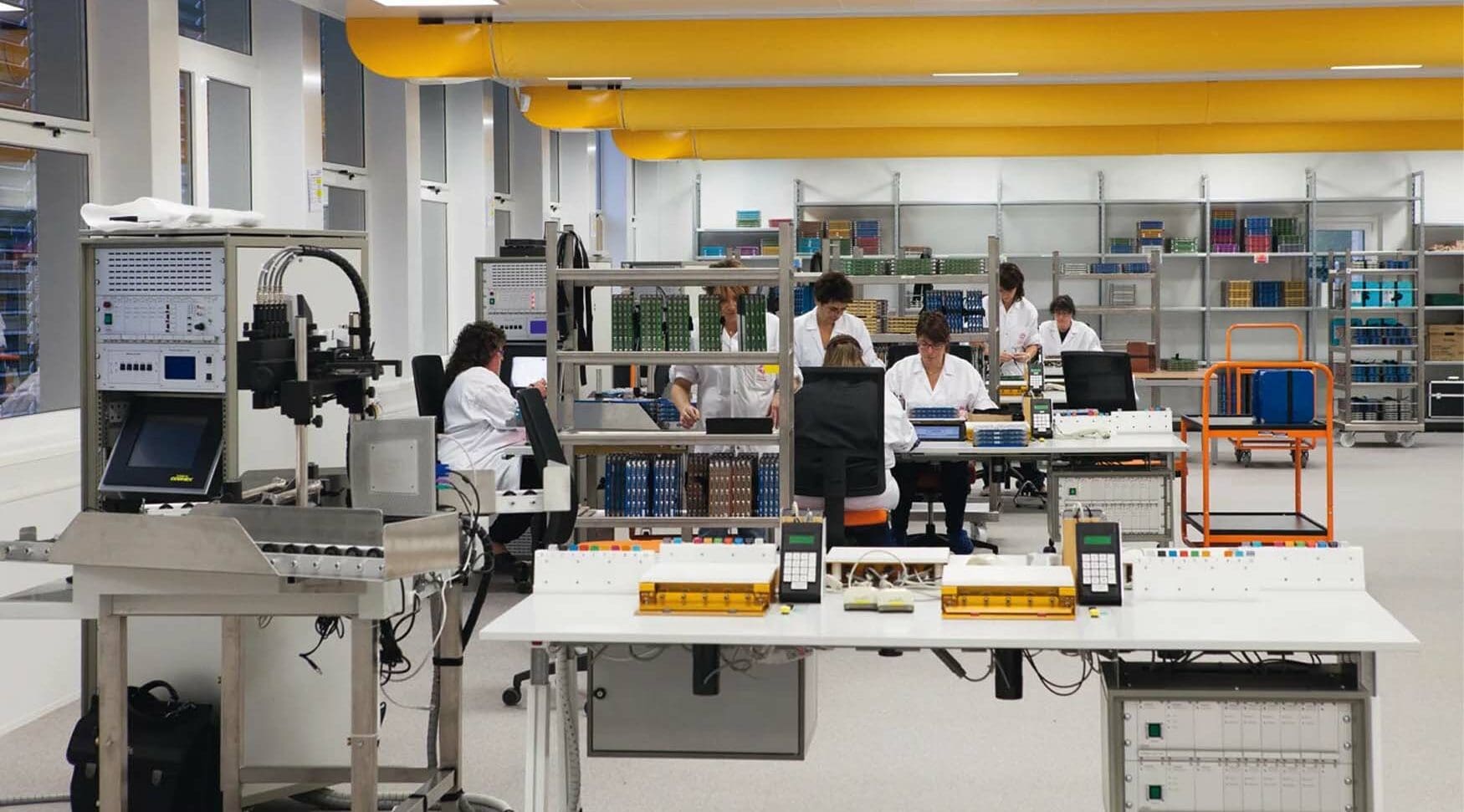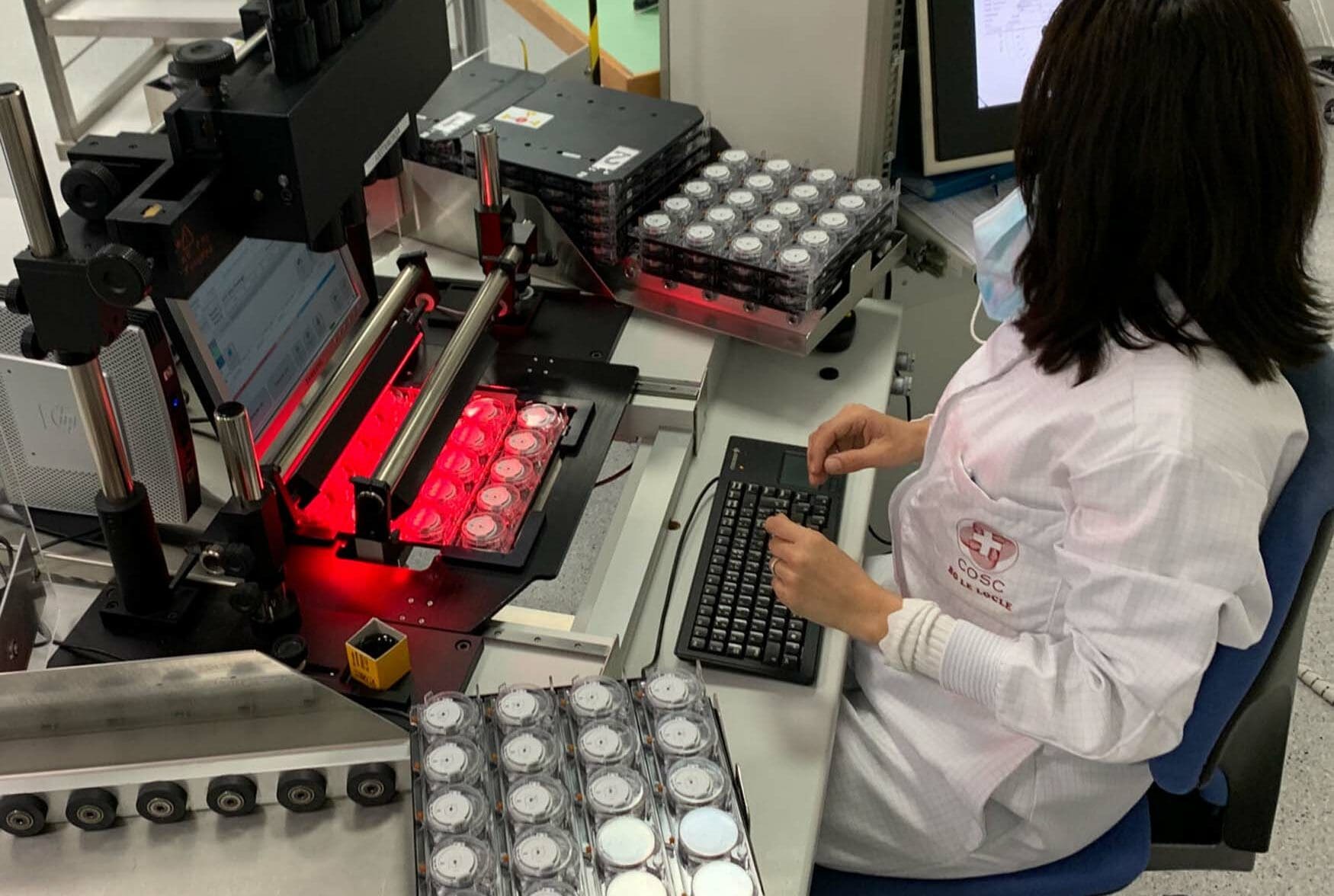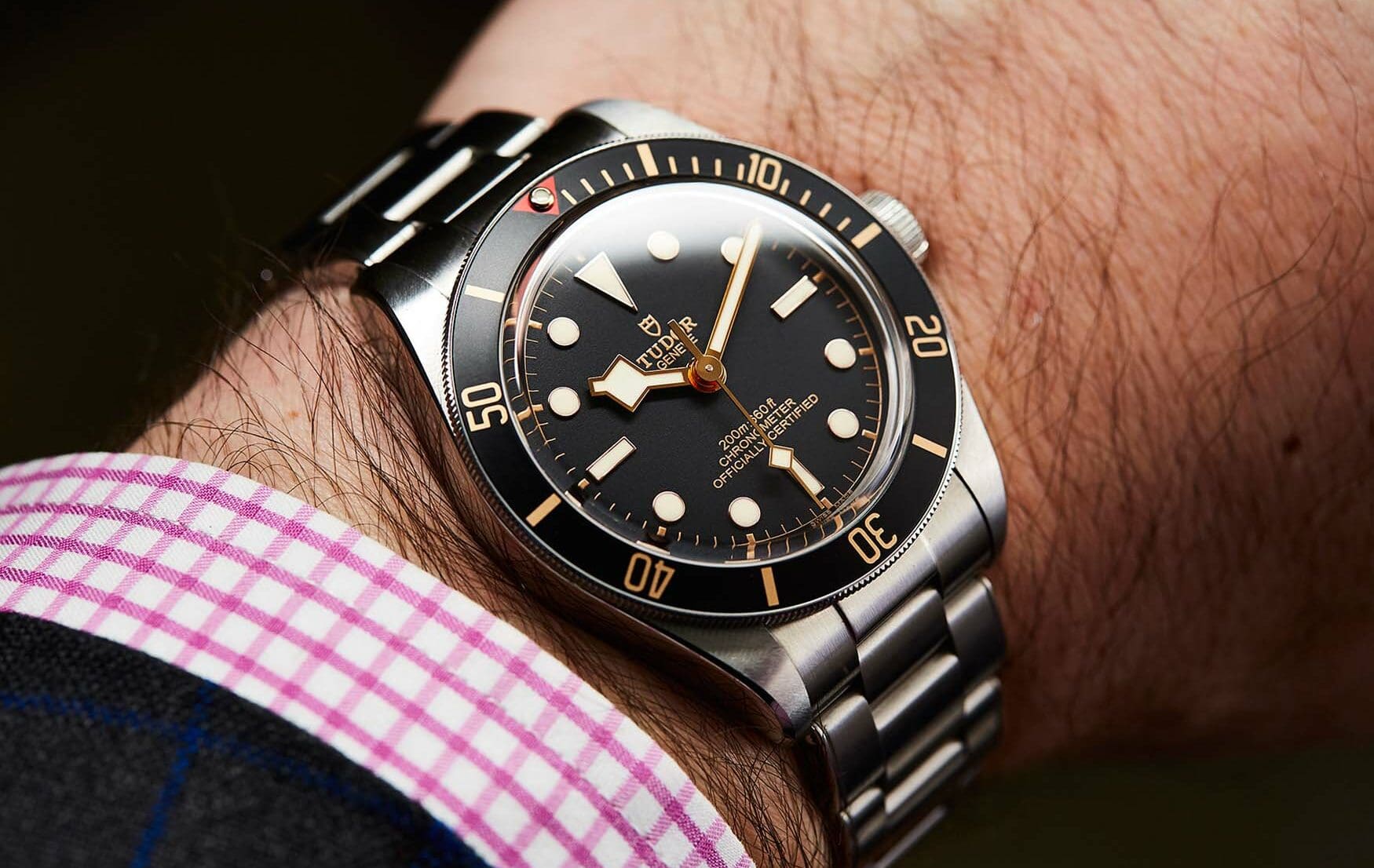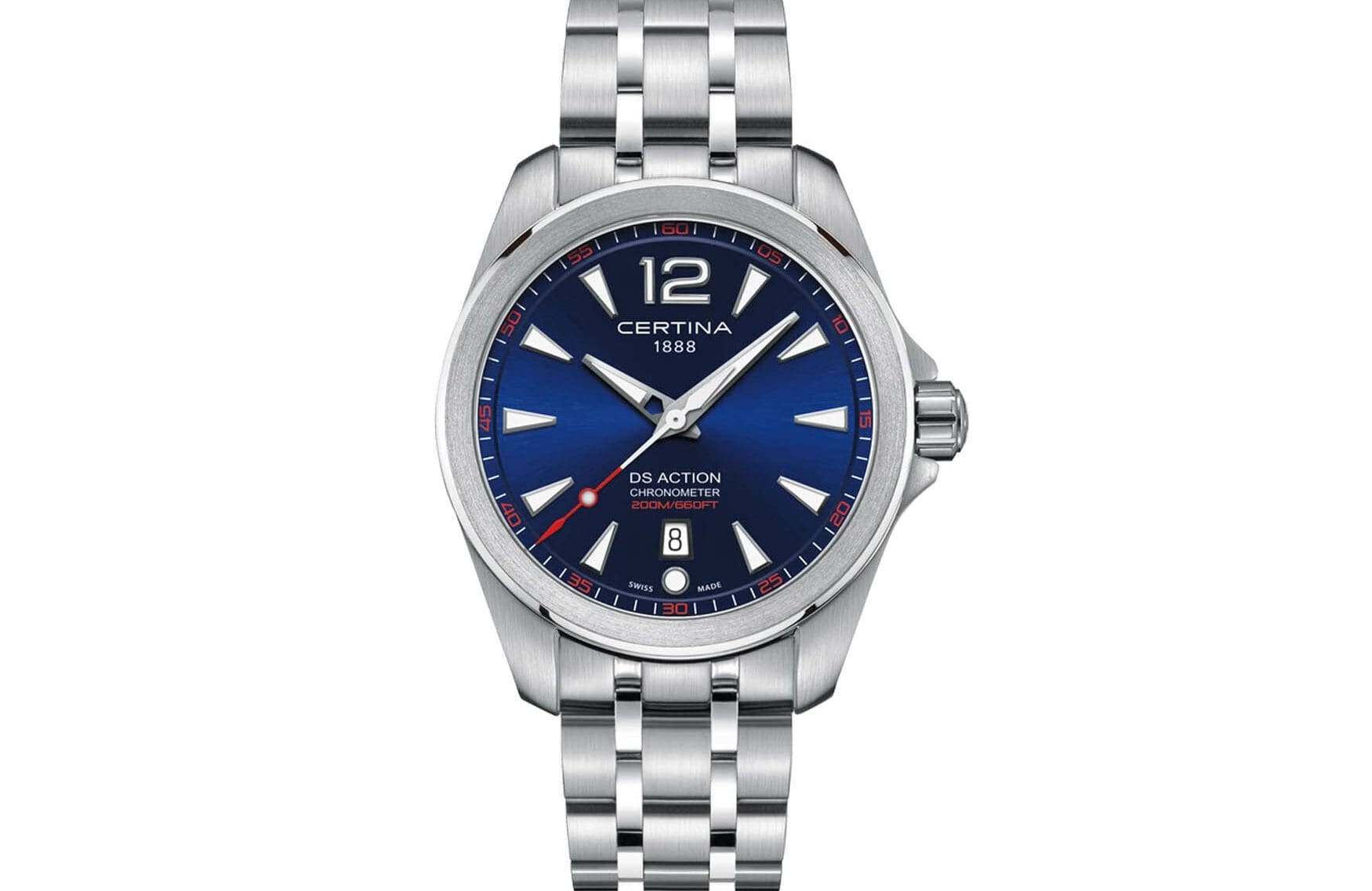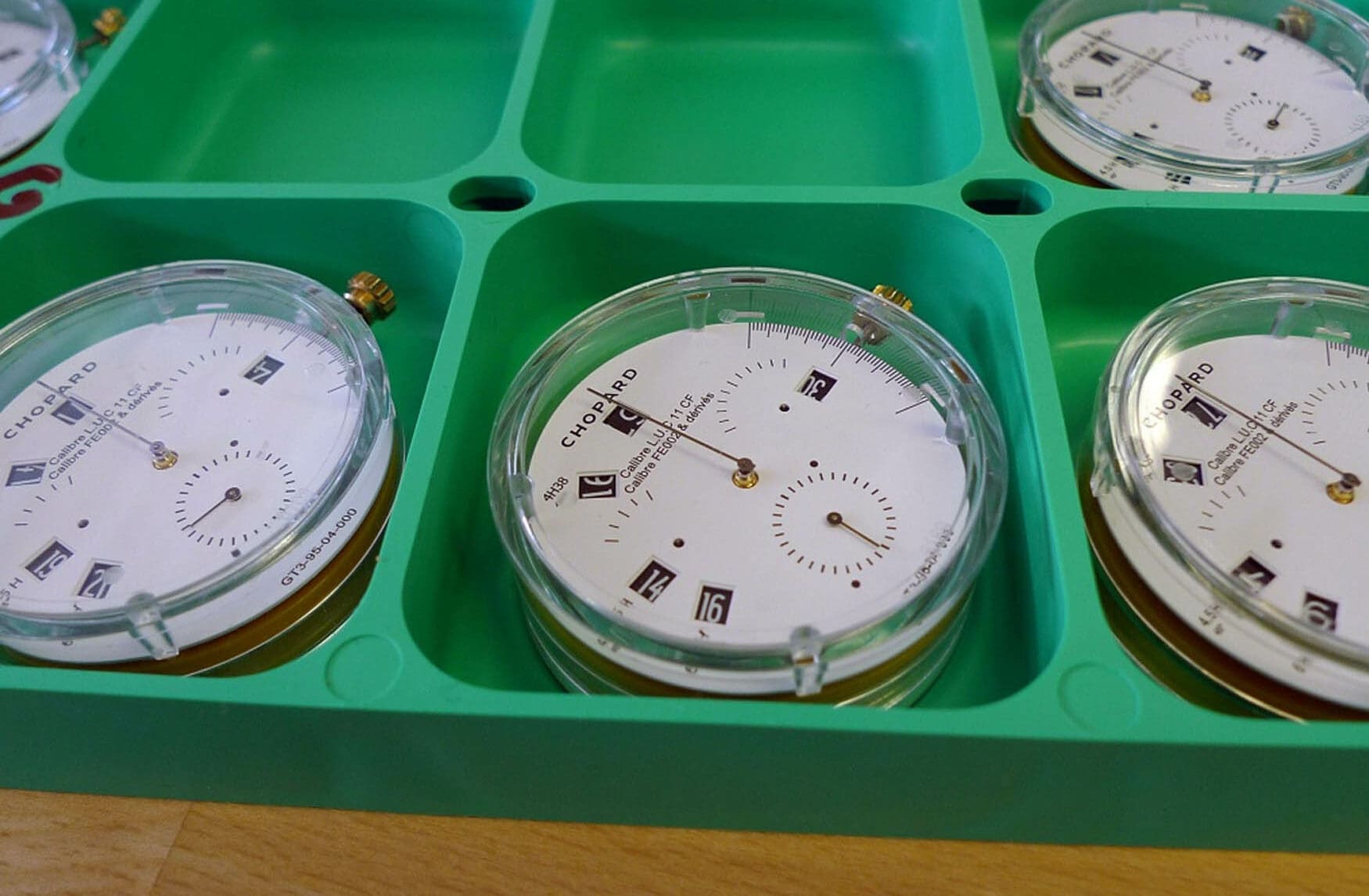Everything you need to know about COSC
Buffy AcaciaAll watches strive for accuracy. Without it, the hands may as well just spin around at random. There isn’t a single watch out there which doesn’t try its best to keep time as well as it can, but of course, not all of them are going to do a very good job. That’s where COSC comes in, as an organisation built on both science and trust to guarantee accuracy for consumers of Swiss watches.
Chronometers have been around for hundreds of years, and people understood their necessity for almost 200 years before a successful one was made. Essentially, highly-accurate clocks were needed at sea to reliably calculate longitude. Britain paved the way in the 18th century by offering prizes to clockmakers, and over 100 years later, the first chronometry trials were held at Greenwich’s Royal Observatory in 1822. Over the years, the Swiss caught up and became the global watchmaking hub as movements got both smaller, more accurate, and bound for wearing on wrists. Chaos reigned in the 20th century as advertising got out of hand, and chronometers played a central role thanks to a seemingly endless number of observatory trials as well as fraudulent claims. Eventually, the offices which provided chronometer certificates in separate Swiss regions gave way to a more centralised organisation — the Contrôle Officiel Suisse des Chronomètres.
Despite the up and down fortunes of the Swiss watch industry leading up to the quartz crisis, where Switzerland struggled to keep up with the affordability and reliability of quartz watches in the 1970s, COSC was founded in 1973. It even played a part in keeping some businesses alive, establishing a publicised set of tests and standards to reaffirm trust in Swiss watches. In the years before 1973, a chronometer had to be regulated in several positions and at different temperatures, and it needed an accuracy in five positions of -1/+10 seconds per day. Note how vague that description is, and also consider that certificates were issued to a collective of movements, rather than individually. COSC immediately rectified that with certifications for each movement, testing them for a total of 15 days across 5 positions and 3 temperatures (8°, 23° and 38°C). The accuracy goal posts were also shifted, aiming for -4/+6 seconds per day.
A lot of people will describe their watches as running “within COSC” when their measured daily rates are within the -4/+6 range, but that somewhat undersells the rigorous nature of the COSC testing. Outlined under the international standard ISO 3159, here is exactly what a mechanical watch movement needs to achieve to be COSC certified.
1. Average daily rate – -4/+6 seconds
This is the test which everyone believes to be most important, as it’s the one we experience on a day-to-day basis of wearing the watch. Over 10 days of the testing, the daily rates are added up, then divided by 10 to get the mean average. If that number is within the -4/+6 benchmark, then it has passed the first test.
2. Mean variation in rates – 2 seconds
Because the calibres are tested in 5 positions every day of the 10-day accuracy tests, that provides a total of 50 rates. When calculating the differences between all of those numbers, the average should be no more than a two-second difference. This ensures a level of consistency throughout. If a watch was to keep great time for most of its life, except it speeds up ridiculously when held at a certain angle, then that’s not a watch which is going to be easily regulated and fixed.
3. Greatest variation in rates – 5 seconds
Simply put, this is the difference between the slowest and the fastest rates recorded during the movement’s testing. A watch which runs at -3 seconds in one scenario but +5 seconds in another may technically be running within the COSC daily rates, but that difference is too wide to accept. As you’ll come to realise from all of these standards, the consistency is more important than the daily accuracy in most cases.
4. Difference between rates in horizontal and vertical positions – -6/+8 seconds
This test is hard to quantify, as there are so many factors which can affect the readings in these extremes. However, that’s what chronometer testing is for. The average of the rates in a vertical position on the first and second days of testing are subtracted from the average of the horizontal position from the ninth and tenth days. This will usually be where the biggest differences come from, as not only are the horizontal and vertical positions opposites in how gravity affects the balance spring, but the movement will have gone through a lot of testing and temperature cycles between its readings.
5. Largest variation in rates – 10 seconds
A lot of these tests sound pretty similar don’t they? That just goes to show how far COSC go to ensure nothing slips through the cracks. As opposed to the greatest variation in rates, the largest variation is a measurement between the average daily rate (as measured in the first step) and any one measurement of the total 50.
6. Thermal variation – ±0.6 seconds
A watch needs to maintain its accuracy not just throughout slow seasonal changes, but also when dealing with sudden shocks like walking into a heated building on a snowy day. Some of the strictest measurements are imposed here, with a maximum variance of +/-0.6 seconds per degree Celsius allowed. This is calculated with the averages of the temperatures taken at 8°C and 38°C, then divided by 30.
7. Rate resumption — ±5 seconds
Take the daily rates from the first two days of testing, average them, and then subtract them from the daily rate of the very last day. Is it more than 5 seconds in either direction? If yes, unfortunately the movement has stumbled at the final hurdle, and the rigours of testing proved to be too much. If not, then congratulations! The COSC certification is complete, and the movement may be returned to the manufacturer to be cased and sold.
Now, there is one thing which does need to be mentioned about COSC certification. It costs money, and a fair amount of it. That explains why the likes of Rolex, Tudor and Omega are some of their biggest clients – because they can afford it, and because COSC is often a stepping-stone for higher grades of chronometer certification like METAS. Smaller brands, although they may use the very same movements, might not be able to afford the certification while still maintaining attractive price points for buyers. COSC-certified chronometers make up approximately 5% of annual Swiss watch production, leaving 95% of them untested. It doesn’t necessarily mean that the COSC ones are in the top 5% of accuracy, and it’s entirely possible that manufacturers can run their own tests which even out-perform the COSC standards. But, considering the organisation has been around now for over 50 years, there’s a high level of trust for their process, and spending a premium can be worth it.
So far, everything we’ve addressed has been in regards to mechanical watches with spring balances. We all know that quartz watches are almost more accurate than mechanical chronometers by default, but what about the COSC standards for quartz? They do indeed provide quartz chronometer certification, and it’s worth taking a look at how much higher the standards are. The average daily rate may only be ±0.07 seconds at 23°C, and ±0.20 seconds at 8°C and 38°C. They also measure for the temporary and lasting effects of shocks or drops, which may only cause an error of ±0.05 seconds. They test this with 200 shocks equal to 100 Gs of force. That’s enough of a shock to make a person lose consciousness, 200 times. Because quartz watches often don’t have great water resistance, they also test for performance in different humidities, with an acceptable temporary deviance of ±0.10 seconds. Unfortunately the demand for chronometer-certified quartz watches isn’t as high as it once was, now that quartz has proven how reliable it is beyond all doubts. Still, around 0.2% of Swiss quartz watches are put through COSC.
If you’re wondering exactly how COSC can measure the performance of the movements so well, it’s because they’re compared with two independent atomic clocks which are synchronised to GMT/UTC time. The results are recorded for each and every movement, although it’s up to the manufacturer whether or not they are supplied with the watches. All Breitling watches for example come with their COSC certificate, whereas other brands such as Omega will need a request to retrieve it. The report is definitely nice to have, although knowing it has passed and experiencing the average rates through wearing the watch is usually enough for most people.
Another thing to remember is that COSC certification only happens at the beginning of a movement’s life. It’s not a lifetime guarantee in the slightest, only knowledge that it was once able to pass those tests. Generally speaking, a COSC movement will gradually become less accurate over time, just as all mechanical watches do. It can be brought back to its COSC standards with servicing at the proper intervals, if not improved by a watchmaker who will personally regulate it for you. In fact, your local watchmaker may even be able to regulate your non-COSC watches to superior levels of accuracy. Does that mean COSC is unnecessary? That depends on how seeing the word “chronometer” on your watch dial makes you feel.




